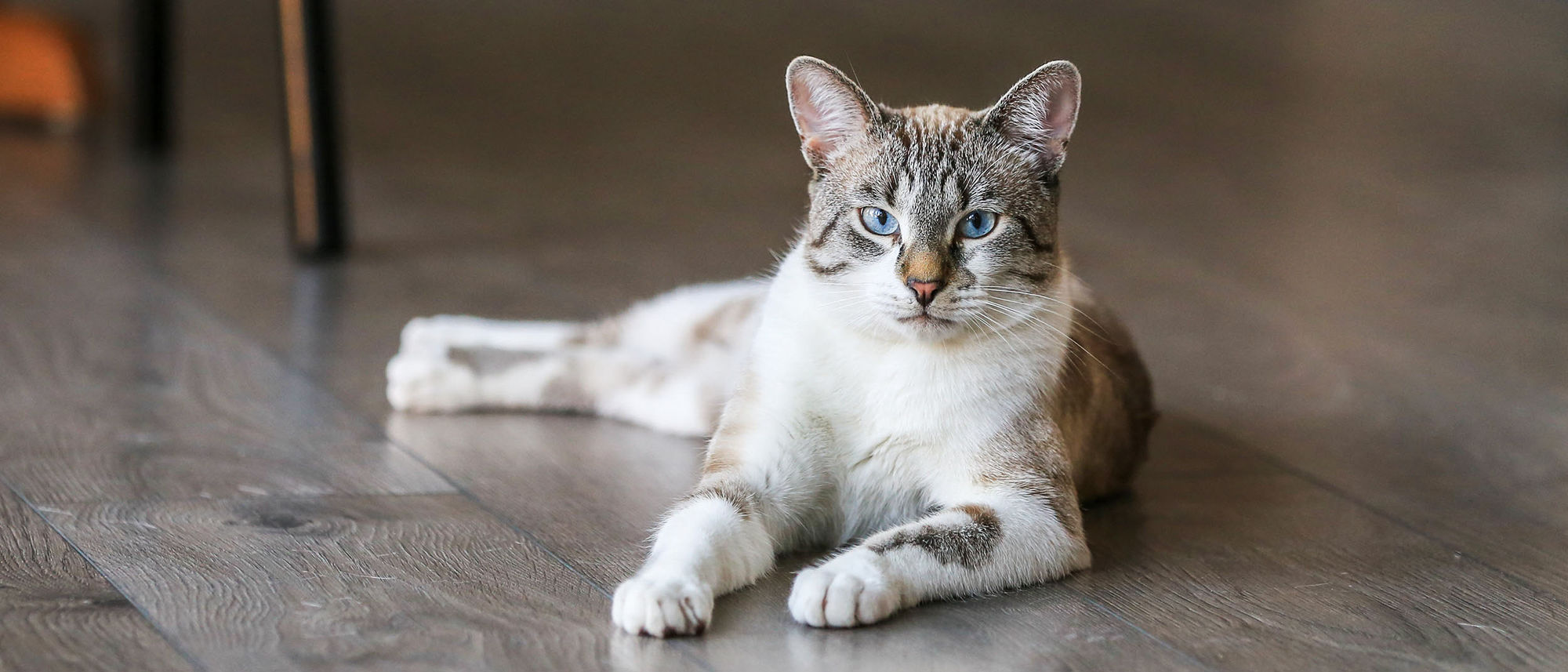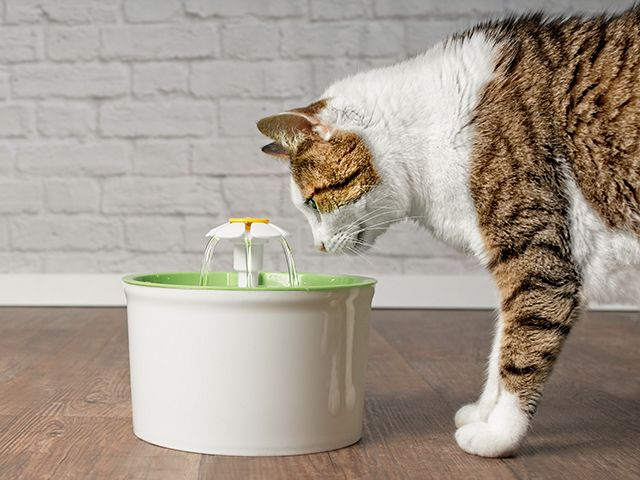Bladder Problems in Cats

The Causes of Bladder Problems in Cats
A cat’s urinary system can become inflamed or suffer from a build-up of minerals in the bladder. These minerals can eventually crystallize together to form 'stones'. Bladder stones, also called uroliths, can irritate the urinary system and block the passage of urine. Older cats that pee more frequently can also suffer from chronic kidney disease or other systemic illnesses.
What Are the Signs and Symptoms of Cat Bladder Infections?
When your cat is suffering from a bladder problem, its behavior when it urinates will change. Your cat may try to pee more often, only pee a little, or may fail to pee at all. They may look as if they are straining to urinate, and you may notice they stay in a urinating position for longer than normal. Your cat may also show signs of pain when peeing, and you may find blood in the pee. At other times, you may notice they start excessively licking or grooming around the genital area, have a loss of appetite or show other behavioral changes.
Is My Cat at Risk of a Bladder Problem?
Overweight or obese cats and those living a sedentary lifestyle are more at risk of bladder problems than cats of a healthy weight and active lifestyle. Older cats are also more prone to chronic kidney disease and other systemic illnesses that can increase the risk of secondary bladder problems arising.
For some cats, stress can be a trigger of bladder problems. Stress can include new additions to the house, moving, adoption, changes in diet, a poorly placed litter box or one that is difficult to access and living in a multiple animal household. If a cat and its owner have a strong relationship, the cat can even pick up on an owner’s stress, which can result in health problems. Sometimes, it may be very hard for a cat caregiver to identify subtle sources of stress in their cat's environment. A veterinarian can help you identify potential sources of stress and help you determine if environmental changes may help with your cat's bladder problems.
Treatments for Cats’ Bladder Problems
It’s crucial to take your cat to the vet if you notice any of the symptoms outlined above, as your vet will be able to identify the issue and provide the best treatment possible.
However, you can also take action to maintain your cat’s bladder health through lifestyle and diet. As descendants of desert-dwelling mammals, many cats are not naturally inclined to consume large amounts of water – but water is important to keep their bladder healthy. Increasing water intake can help encourage urination and urine dilution, which may help reduce the risk of urinary crystal and stone formation.
You can encourage your cat to drink more water by placing multiple bowls around the house and avoiding placing water bowls next to food, litter trays or busy locations. Keep water at room temperature and fill the bowl to the brim so it’s easy to access. Running water, like a dripping tap or water fountain, can also be very appealing to some cats and may be offered in addition to multiple water bowls.
Your cat’s diet can also contribute to bladder health because certain diets can help increase water intake.
Unfortunately, bladder problems are common in cats, but with the right treatment as recommended by your vet, you’ll be able to support your cat's health through diet, lifestyle, and medication when necessary.
Navigate our cat urinary guide to learn more about how you can support your cat's needs.
Find a vet
If you have any concerns about your cat’s health, consult a vet for professional advice.
Like & share this page